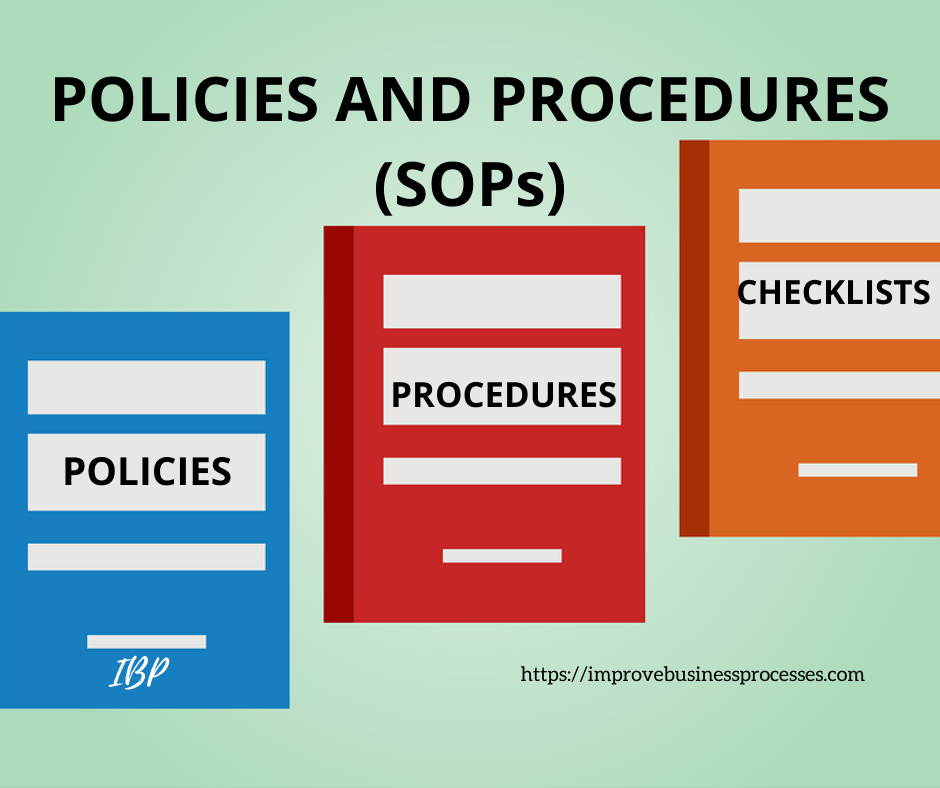When asked how to restore control to your business, many small business owners are at a loss, because it appears as if they have exhausted all solutions. The simple response is to create a business plan but not the type required by investors or the banks for loans.
This will help eliminate any self-inflicted chaos and return control to the business owner. Many businesses have become so used to the “regular chaos” of their day-to-day operations that they no longer even recognize it as chaos.
Worse still, some have even resigned themselves to this kind of regular chaos. If everyone is not running around trying to fix YET ANOTHER problem, there must be something wrong.
To them, this is “business as usual”! But is it? Chaos is not a condition of business. This may sound like a broken record, but it is true!
CHAOS as stated by Edward Lorenz is rooted in unpredictability – when the approximate present action or actions do not approximately determine the future. This is not a state any business desires to be.
Operating a business in a state of control is essential to growth and high performance.
What is a Business Plan?
A business plan is often misunderstood. Goals are not strategies, and neither are they a business plan. A strategy Involves the choices you make to reach your goals.
Too many people struggle with these distinctions as these terms are sometimes used interchangeably.
Goals represent milestones while strategy represents the HOW of getting there. Without a strategy and implementation, goals are just mere “wishful thinking”.
Business plans, on the other hand, is a framework that Includes your Goals AND strategies, and discusses them in context of your short-term and long term operational plans.
Characteristics of a Company Operating Under Self-Inflicted Chaos

A business that is not in control will have several of these characteristics caused by self-inflicted chaos:
- Unclear responsibilities and lack of accountability
- Constantly “putting out fires”
- A heavy dose of the “blame game” and finger pointing
- Undefined work and overlapping or non-aligned processes
- Appropriate systems are not in place
- Poorly managed document creation, control and storage
- Poor internal communication between management and employees
- Poor hiring and/ or on boarding processes
- Generation of excessive waste
- Regulatory non-compliance and absence of a root cause analysis procedure
- Poor metrics in use
- The customer journey and experience are poor
There are many more.
How Will a Business Plan Benefit You?
Because of its structured nature, a business plan assists in asking the tough questions to critically evaluate the business within the context of the vision and mission.
Each section is devoted to each area of the business to drive focused thinking and research, in conjunction with a SWOT analysis, to develop short- and long-term projections.
The business plan can be prepared for a start -up submission for funding, or it could be used as an internal document to scale and grow. Either way, it serves as a GPS for the business.
The typical business plan will have sections to address the following:
1. Executive Summary
2. Company Overview

3. Industry Analysis
4. Customer Analysis
5. Competitive Analysis
6. Marketing Plan
7. Operations Plan
8. Management Team
9. Financial Plan
10. References
11. Appendix
How to Restore Order to Your Business
Phase 1: Identify and Manage Change
1. Critically evaluate the current state of your business. This is the first step. The best way to do this is with process mapping. This is a powerful tool to identify bottlenecks, pain point areas, and opportunities for improvements
2. Dust up your business plan – if you have one- and if you do not have one, then it is time to create one. By using your vision, mission, and strategies, you can develop a short-term and long-term plan for the business

3. Clearly define and assign responsibilities and account abilities. Many businesses operate along vertical and functional hierarchies, responsibilities and account abilities are sometimes not as clear as they should be, and difficult to assign.
Aligning and assigning responsibilities and account abilities directly with business systems and business processes helps with this issue of ownership.
Phase 2: How to Restore Order to Your Business – Identify
Management Systems and Processes
4. Identify core management systems for the business
5. Streamline, optimize and document processes and procedures for each management system. What are your policies? Process improvements can only be made by understanding what work is being done and how that work ties into the company vision, mission and service delivery to customers.
Documented clearly defined work will eliminate a lot of the chaos created by overlapping authorities and lack of process ownership and accountability.
Solopreneurs wear many hats in business but are not exempt from this exercise. Focus only on work in which you have expertise and delegate or outsource other work.
Your time is valuable and long hours should not be spent doing work that could be done quickly by other subject matter experts.
Phase 3: Monitor, Review, and Continually Improve
6. Monitor input and outputs of systems and processes using appropriate metrics. Only monitor what is relevant and important to your business. Efficiency, effectiveness, and performance are helpful metrics.
Effectiveness assesses how the company value proposition satisfies customers. Efficiency evaluates and quantifies the resources used to serve the customer, while performance ties into revenue and profit.

8. Use metrics in decision-making, Metrics should be used not only in decision-making but also in conjunction with the findings of internal audits to provide regular feedback to process owners.
Feedback from the Voice of the Customer should actively be sought.
9. Conduct Monthly, Quarterly and Annual Reviews. At a minimum, monthly, quarterly, and annual performance reviews must be conducted to identify wins, opportunities, and continuous improvement strategies.
Some industries may benefit from weekly operational reviews.
7. Conduct periodic internal audits to quickly identify process bottlenecks, quality, safety or other inefficiencies so these can be quickly corrected
Conclusion
How to restore order to your business is simple. Create a business plan. Businesses struggling under under different degrees of self-created chaos have found this beneficial.
Doing so as outlined above appears quite simple and straightforward, but is not necessarily easy. The execution, however, requires commitment, willingness to change, and investment of time and resources to get the job done.
Read more on this topic at Types of Business Problems. How To Solve Them
Need assistance with Business Plans?
References
Small Business Administration (SBA). Write your Business Plan https://www.sba.gov/starting-business/write-your-business-plan

